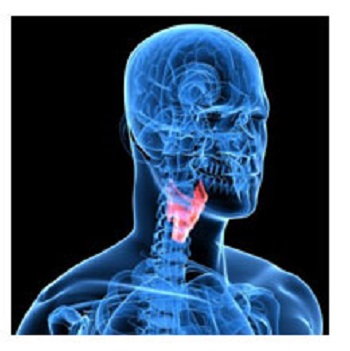Style Sampler
Layout Style
Head and Neck Cancer

Head and neck cancer originates from the mucous membranes of the head and neck. Histologically it is usually squamous cell carcinoma. It occurs on the lips, oral cavity, the salivary glands, the nasal cavity, the sinuses, the pharynx (nasopharynx, oropharynx) and in the larynx.
Frequence / Causes
These cancers make up for 3-5% of all cancers and are more common in people over the age of 50. Risk factors are alcohol and tobacco abuse. Viruses such as HPV (wart virus) and EBV (infectious mononucleosis) have also been implicated.
Symptoms/Diagnosis
The most common symptoms include sore throat that does not go away, difficulty in swallowing and changes in voice or hearing. The examination may show a wound in the mouth that does not heal and persistent swelling of the lymph nodes in the cervix.
Diagnostic Examinations
A Biopsy defines the definite diagnosis.
Treatment
Oncologists, ENT specialists, orthodontists and radiotherapists are among the specialties that mainly deal with head-neck cancer. Treatment options include surgery, radiotherapy and chemotherapy with conventional chemotherapeutic drugs and newer targeted agents.
Sometimes it is preferable to combine chemotherapy with radiotherapy so that an amputation operation such as laryngectomy can be avoided. Immunotherapy has very good results in advanced disease.